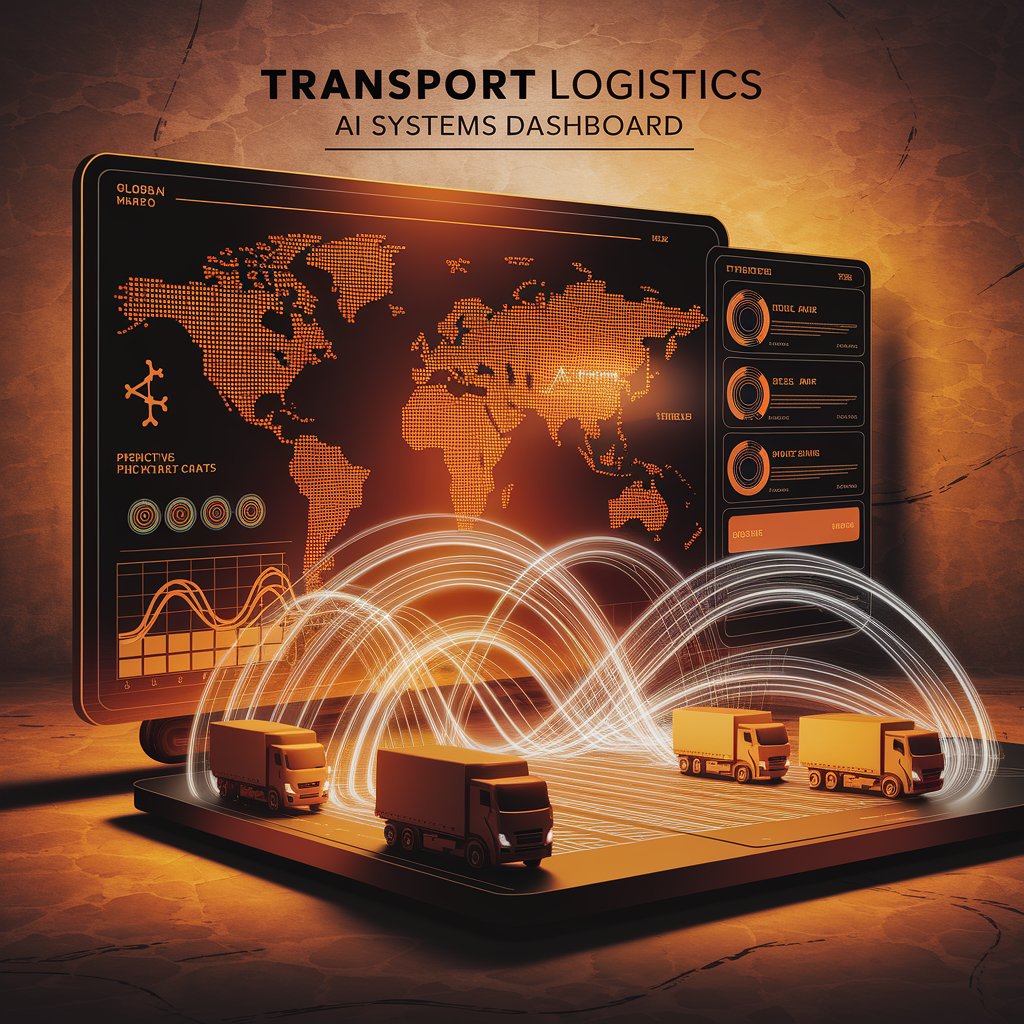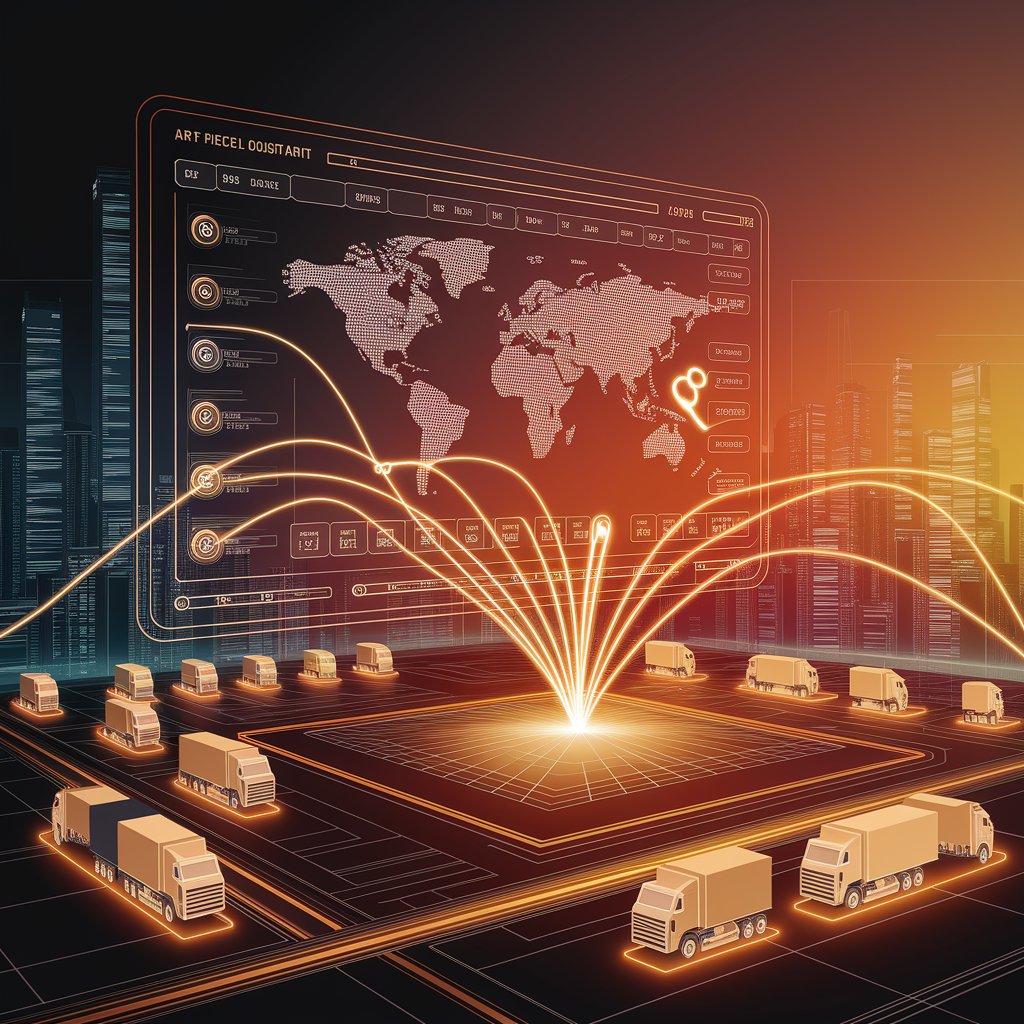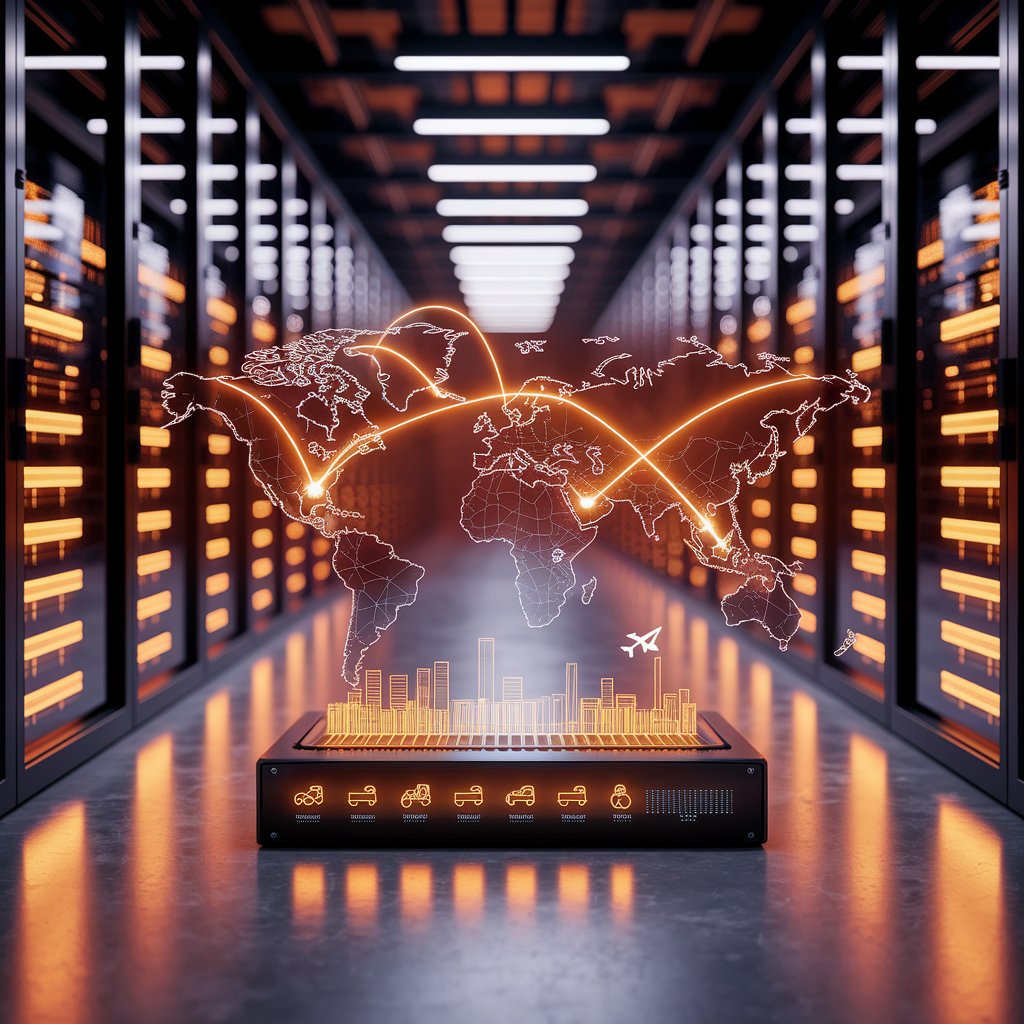Transport Logistics AI Systems: Driving Smarter, Faster, and Greener Supply Chains

Introduction
Traditional systems, built on static models and manual decision-making, often fail to keep up with these challenges. That’s why companies are adopting transport logistics AI systems, which use artificial intelligence, real-time data, and predictive analytics to optimize transport networks at scale.
What Are Transport Logistics AI Systems?
Transport logistics AI systems are digital platforms that apply artificial intelligence to the management of freight networks. They analyze vast datasets—covering routes, demand, fleet availability, fuel costs, and external conditions like weather or traffic—to generate smarter, faster, and more efficient decisions.
These systems go beyond automation: they continuously learn from outcomes to improve accuracy and adapt to changing market conditions.

Key Features of Transport Logistics AI Systems
- Dynamic Route Optimization – AI calculates the most efficient transport routes in real time.
- Predictive Demand Forecasting – Anticipates future freight volumes for better planning.
- Capacity Utilization – Maximizes fleet and carrier usage with smarter allocations.
- Disruption Prediction – Identifies risks from congestion, strikes, or severe weather.
- Multi-Modal Coordination – Synchronizes trucking, rail, sea, and air transport.
- Sustainability Tracking – Suggests greener options to reduce emissions.
Benefits of Transport Logistics AI Systems 📈
- Efficiency Gains – Reduce idle time, empty miles, and wasted resources.
- Cost Savings – Lower fuel, labor, and operational costs.
- Resilience – Predict and adapt to disruptions before they escalate.
- Customer Satisfaction – Provide accurate ETAs and proactive updates.
- Scalability – Handle global freight networks without proportional workforce increases.
- Sustainability – Support carbon reduction goals with optimized transport flows.

Real-World Applications
- Freight Forwarders – Optimize cross-border freight routes and carrier selection.
- Carriers – Improve fleet utilization and reduce deadhead miles.
- E-commerce Logistics – Deliver on time during peak shopping seasons.
- Cold Chain Providers – Ensure temperature-sensitive cargo travels on the fastest, safest routes.
- Ports & Terminals – Coordinate vessel, truck, and rail schedules seamlessly.
Challenges in Implementing Transport Logistics AI Systems
- Integration Complexity – Legacy ERP, TMS, and WMS systems may resist connectivity.
- Data Quality Issues – Inaccurate or incomplete data weakens AI recommendations.
- High Costs – Advanced AI infrastructure requires upfront investment.
- Workforce Resistance – Drivers and staff may hesitate to trust AI decisions.
- Cybersecurity Risks – Transport networks are vulnerable to digital attacks.

Best Practices for Success
- Start with High-Impact Routes – Apply AI to major transport corridors first.
- Ensure Data Accuracy – Standardize and validate input from fleets, carriers, and IoT.
- Integrate Across Platforms – Connect AI systems with ERP, TMS, and WMS for unified visibility.
- Combine AI with Human Oversight – Planners validate recommendations for better adoption.
- Leverage Predictive Analytics – Use AI not just for scheduling but for long-term planning.
- Measure ROI Continuously – Track cost savings, service levels, and sustainability impact.
The Future of Transport Logistics AI Systems
- Autonomous Transport Management – AI systems orchestrating fleets end-to-end.
- Digital Twins of Transport Networks – Simulate and optimize freight flows virtually.
- Blockchain Integration – Secure and transparent contracts between carriers and shippers.
- Edge AI – Real-time decision-making directly in trucks, vessels, and ports.
- Sustainability-First AI – AI prioritizing eco-friendly routing in global freight.
Conclusion
Transport logistics AI systems are transforming freight management into a smarter, faster, and more resilient ecosystem. By leveraging predictive analytics, real-time data, and automation, companies can cut costs, improve service, and build greener supply chains.
For freight forwarders, carriers, and global shippers, investing in transport logistics AI systems is no longer optional—it’s the foundation of future-ready logistics.
